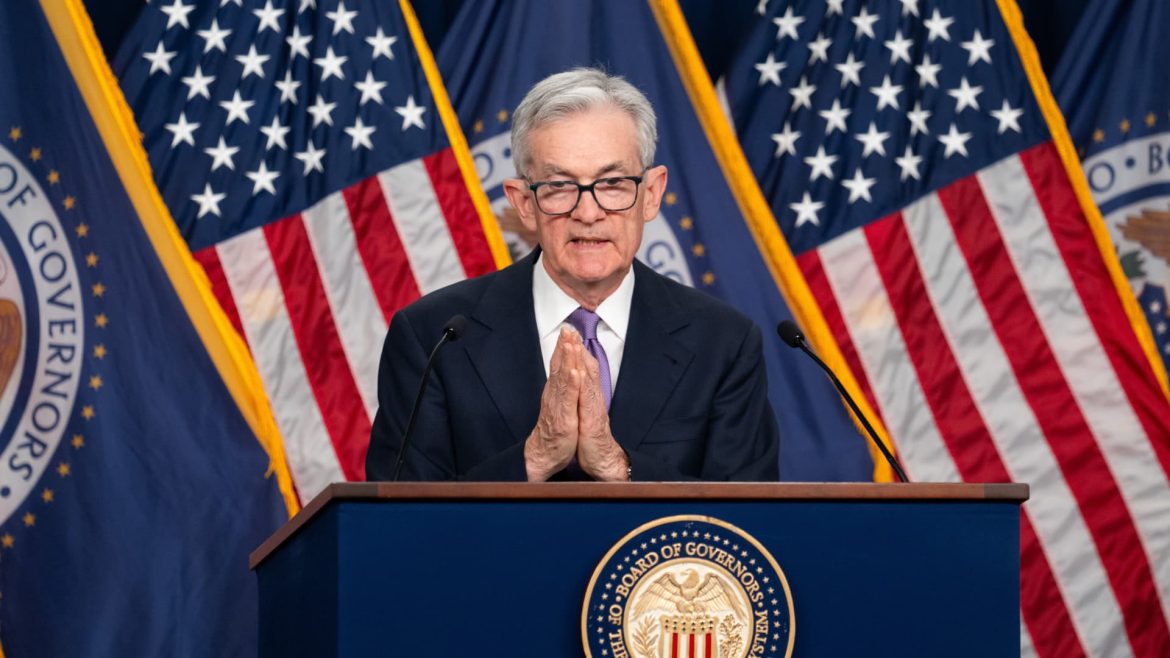Decoding the Federal Reserve’s Recent Policy Moves: A Comprehensive Analysis
Introduction: The Fed’s Delicate Dance
The Federal Reserve’s recent policy decisions have been a masterclass in economic tightrope walking. In an era of unprecedented global uncertainty, the central bank has maintained a cautious stance, carefully balancing inflation concerns with growth imperatives. This report dissects the Fed’s recent moves, exploring the motivations behind its decisions and the potential ripple effects across the economy.
The Art of Holding Steady: Interest Rate Policy
The Fed’s decision to maintain the federal funds rate has been one of the most closely watched aspects of its recent policy stance. This apparent inaction is, in fact, a carefully calibrated response to a complex economic environment.
The Stability Imperative
The Fed’s reluctance to make significant rate adjustments stems from several key factors:
Internal Debates and Dissent
The Fed’s policy decisions are never unanimous, and recent meetings have seen notable dissent. Some officials argue for more aggressive action, either to combat inflation or stimulate growth. These differing views reflect the genuine uncertainty that characterizes the current economic environment.
The Political Dimension: Navigating the Trump Factor
The Fed’s independence is a cornerstone of its credibility, but recent political pressures have tested this principle.
The Administration’s Influence
The Trump administration’s calls for lower interest rates present a unique challenge. While the Fed must consider all perspectives, it cannot allow political considerations to override its economic mandate.
Balancing Act
The Fed’s challenge is to maintain its independence while acknowledging the administration’s views. This delicate balance requires clear communication and a steadfast commitment to its dual mandate of price stability and full employment.
Reading Between the Lines: Deciphering Fed Statements
The Fed’s post-meeting statements are carefully crafted documents that offer insights into its thinking. Recent changes in language provide valuable clues about the central bank’s evolving perspective.
Inflation Language Evolution
The Fed’s approach to inflation language has been particularly noteworthy. Subtle shifts in wording about inflation expectations and tolerance levels can signal important changes in policy stance.
Economic Outlook Adjustments
Changes in the Fed’s assessment of economic indicators like employment, GDP growth, and consumer spending can foreshadow future policy moves. These adjustments provide valuable guidance for investors and businesses alike.
Economic Impact: From Main Street to Wall Street
The Fed’s decisions have real-world consequences that ripple through the economy.
Consumer Implications
Interest rate changes directly affect borrowing costs for consumers. Lower rates can stimulate spending and investment, while higher rates can have the opposite effect. The Fed’s current stance aims to maintain a balanced environment for consumer activity.
Business Considerations
Businesses are similarly affected by interest rate fluctuations. Lower rates can facilitate expansion and hiring, while higher rates can increase borrowing costs and dampen investment. The Fed’s policy stance seeks to create a supportive environment for business growth.
Real-Time Analysis: The Fed in the Spotlight
The Fed’s decisions are scrutinized in real-time by markets, media, and analysts. This immediate feedback loop shapes the central bank’s communication strategy.
Powell’s Pivotal Role
As Fed Chair, Jerome Powell plays a crucial role in shaping the central bank’s message. His press conferences and public remarks are carefully parsed for clues about future policy directions.
Market Reactions
Financial markets react swiftly to Fed announcements. Stock prices, bond yields, and currency values often fluctuate in response to changes in interest rates or economic outlook. The Fed must navigate these market reactions as it formulates policy.
Conclusion: Charting a Prudent Course
The Federal Reserve’s recent policy decisions reflect a prudent and deliberate approach to monetary policy. In the face of significant economic and political challenges, the Fed has chosen stability and flexibility over more aggressive alternatives. While the path forward remains uncertain, the central bank’s commitment to its dual mandate provides a steady hand on the economic tiller. As the economic landscape continues to evolve, the Fed’s ability to adapt and respond will be crucial in guiding the nation through these uncertain times. The coming months will be critical in determining whether the Fed’s measured approach proves to be the right strategy for these challenging economic waters.





